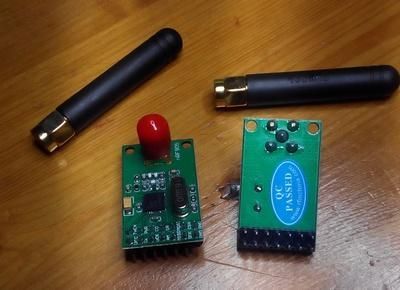This is the forum archive of Homey. For more information about Homey, visit the Official Homey website.
The Homey Community has been moved to https://community.athom.com.
This forum is now read-only for archive purposes.
The Homey Community has been moved to https://community.athom.com.
This forum is now read-only for archive purposes.
Closed
Transceivers
in Archive
Has anyone already do something with the two transceivers?
Any documentation or inspiring ideas?

Any documentation or inspiring ideas?

This discussion has been closed.
Comments
I measure the moisture-level in my plants soil, outside temperature and humidity with an arduino. Once in every ten minutes a signal is send by Bluetooth (readable by a Bluetooth Terminal). Homey will be logging the data but for this first Bluetooth has to work. Didn't connect a 433 board yet...
For example http://www.instructables.com/id/RF-315433-MHz-Transmitter-receiver-Module-and-Ardu/
yes and thus hoping for a mysensors gateway app from the community.....my programming skills are minimal.....
So looking for some golden pins or something more reliable that a PCB finger where the indicator indicates how much of the sensor is gone and not the moisture level:).
I hooked it up to an esp8266 btw, on my server a few lines of PHP that dumped the parameters sent by de esp to a mysql db. (Which is in preparation to do something with homey instead, but first try to get reliable/sensible figures.)
Now we have to wait for the bluetooth-stack of Homey
€460 is a bit too much to put in every pot. Stainles is a good option indeed, but as you can't solder it, with screws it becomes a bit bigger if you screw.